Deep learning is already a luxurious and also trivial part of our life. It makes us feel happier and grows our businesses. DL endows us with self-driving cars for advanced driving, virtual assistants to use the Internet on the go, fraud detection for insurance, and predictive advertising for higher revenues. This article sneaks behind the curtain and explains how DL works, showing the most common deep learning use cases across industries.
To find the industries that this article surfs most, please, look at the bigger McKinsey’s picture of the potential of software company deep learning for the global economy.
The Potential of Advanced Analytics for the Global Economy

Here, we can see that the most poignantly coveting industry for DL is retail – $600B, supposedly with retail online marketing sums included. That is twice as much as the most financed automotive industry – $320B and six times as much as the pharma and medical industry – $100B. All these sums are enormous and arouse respect for DL.
Behind the Scene: Deep Learning
DL is a subsection of Machine learning. ML differs from traditional programming because machines, on their own, can learn ways how to solve tasks. They do not require programmers to set rules for them. Deep learning, in its turn, deals with images and voice tasks. Before deep learning software flowed into the computer world, computers could not handle perceptual levels, and people had to adapt themselves to computers. DL, in its core, means that machines (algorithms) can learn parts (representations) of visual or audio data that they can extract from different sources on the Internet. These parts are successive layers of increasingly meaningful representations. Thus, the “depth” of a deep learning model is defined in terms of the number of layers of data representations in this model (can be 1000+).
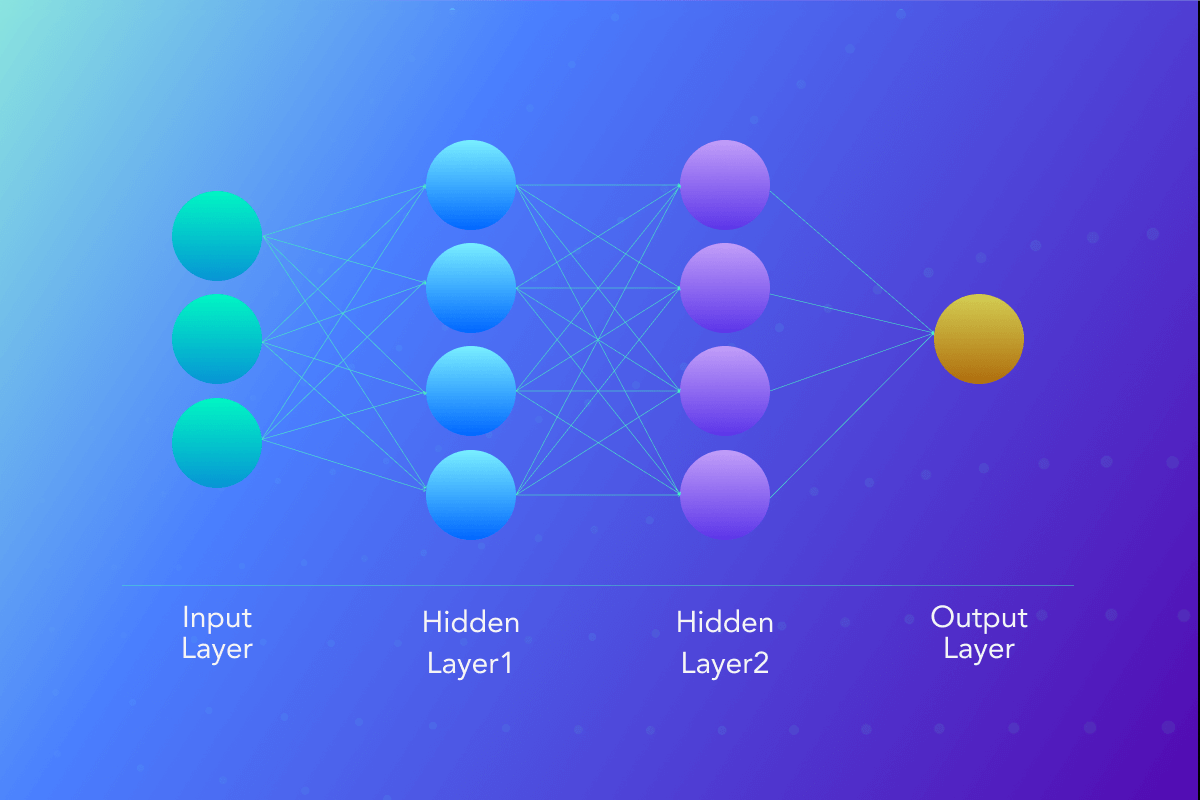
Deep learning contributed much to business when it brought images and voice into the computer world. With deep learning software, we have image classification, text classification, and speech recognition. In other words, we have a computer connection to all near-human activities.
Such models are called neural networks. But their functions have nothing to do with how the human brain works. These models are just mathematical frameworks to learn the successions of data representations.
DL is often used with predictive/probability algorithms to find information and predict its new representations. And now industries are indulging in DL.
Deep Learning Use Cases: Automotive and Self-Driving Cars
The most well-known example of DL is, no doubt, autonomous or self-driving cars. And that is why the automotive industry enjoys a $320B capacity for deep learning software. With DL, driving has become a much more advanced experience for many drivers and a challenge for businesses and investors. Understanding how the DL program drives a car makes drivers more confident and happy.
To begin with, self-driving or autonomous cars see the world around them via sensors that are installed in these cars. The driving program in these cars analyses the senses of perception, trying to understand what is going on around the vehicle. And based on these feeds, it makes driving decisions. This program on a digital device represents a rich collection of trained algorithms of deep neural networks or DNNs. These networks control every car move, whereas each network controls its area of expertise. The driving systems:
- Detect driving path;
- Recognize road signs;
- Navigate on the intersections and traffic lights;
- Maneuver among other cars in different situations.
This enables the car to complete the route with minimum assistance. The fair question the drivers usually ask is how safe it is to drive in a self-driving car. And what makes them feel safer is that self-driving cars are self-sufficient. This means that many DNNs in these cars tend to cross-check each other to exclude misreading of the sensors and make the most weighted driving decision.
As of March 2021, the price of the World’s Most Advanced Self-Driving Car goes to Honda Legend With Level 3 Autonomy Driving. One hundred models have been released in Japan, boasting adaptive driving in and across lanes and an emergency stop if a driver does not respond to handover.
Even though these technologies are not advised for Forsage situations, DL and DNNs in autonomous cars are raising driving to a new level of comfort.
2. Retail and Popular Voice Assistants
Voice assistants are very popular today. Everybody knows Google Assistant, Alexa, and Siri. They listen to human commands via microphones and fulfill tasks such as ordering goods on the Internet or scheduling appointments. It’s interesting to learn that they understand what people want them to do via DL.
To understand the human voice, voice assistant uses speech recognition, natural language processing, and deep learning. Particularly, every time someone talks to them, they do the following routine:
- Record the speech;
- Divide speech into phonemes (sounds);
- Combine words out of these phonemes;
- Analyze emotions of the speech;
- Find context;
- Process phonemes into text.
Deep learning is used here to get more precise meanings in the process. Mainly, all voice assistants go through three major phases.
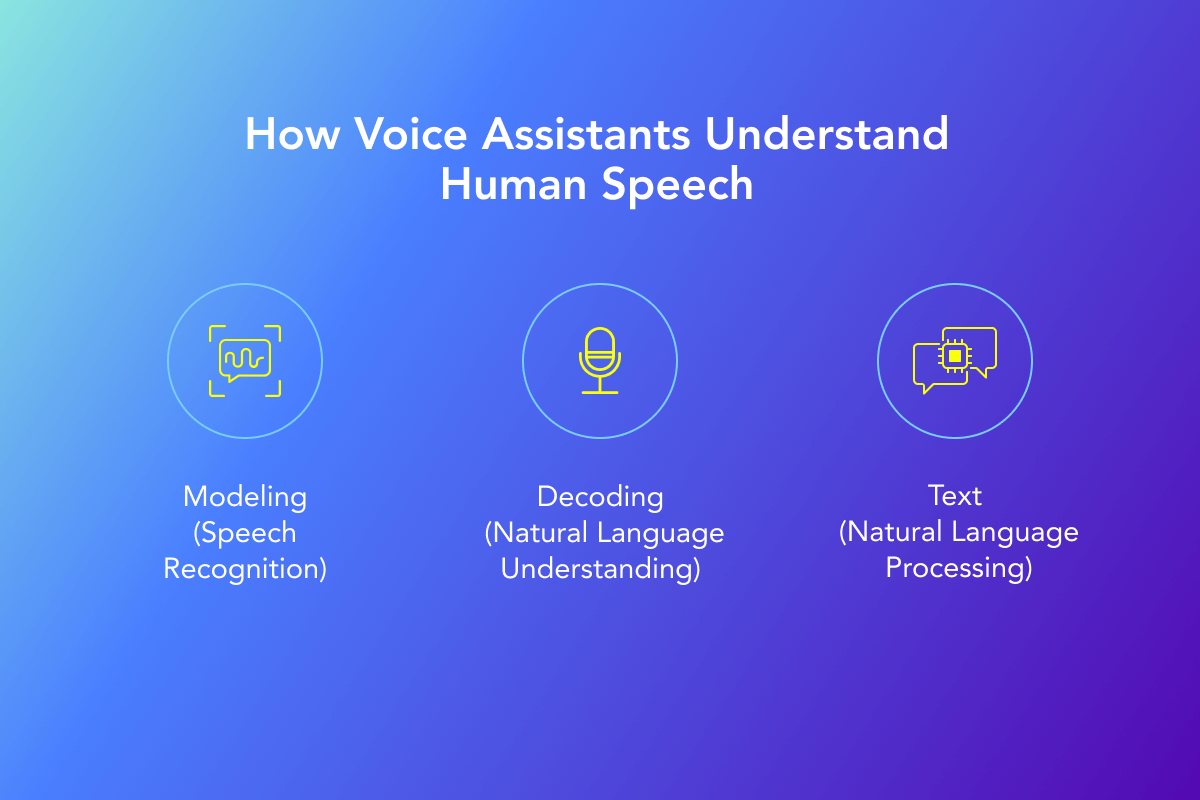
In this way, DL contributes to the efficiency of voice assistants.
It’s worthwhile mentioning that VoiceBot has ranked popular voice assistants and now considers that Google Assistant is the smartest, Amazon’s Alexa is the most impactful, and Apple’s Siri is a bit of an ugly stepchild. And their applications are pretty clear, suggests Forbes. Alexa has to sell goods, while Siri intends to sell iPhones. Thus, the prospects are rising while promising $600B capacity for DL in the retail industry.
Softengi also presented its well-trained AI chatbots for the medical industry. Softengi’s medical chatbots can accept specific medical requests using machine learning algorithms with natural language processing technology trained to understand clinical concepts.
3. Voice-to-Voice Translators for Business & Travel
People who speak different languages will make use of speech-to-speech translators based on DL. These translators have a vast consumer market. For traveling and negotiations, voice-to-voice translators are in demand. Still, they are mostly underdeveloped and can only offer a few functions. To perform speech-to-speech translation, these solutions usually go through three phases.
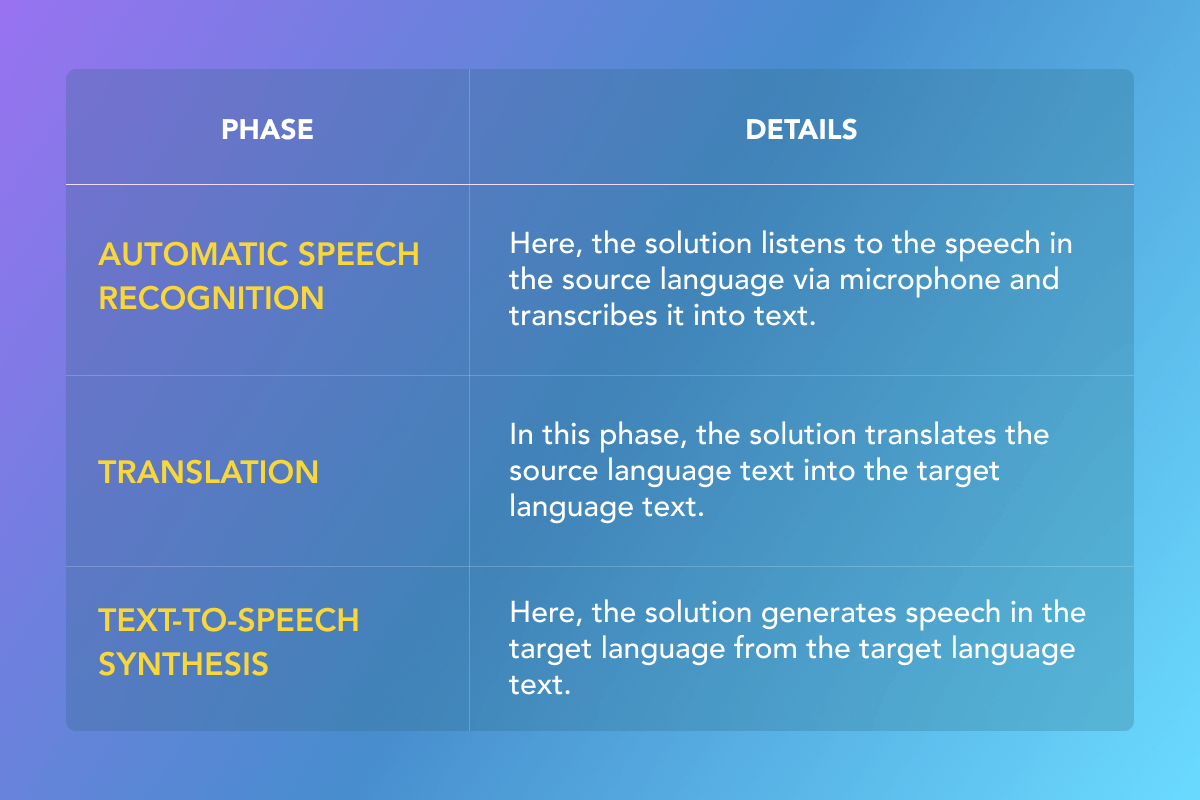
A considerable contribution to the development of speech-to-speech translators is Google’s Translator. It started translating consecutively, sentence by sentence, even conveying the source language voice and intonation. To hear machine translation and machine speech, please click here.
As for the app translators, Joy of Android names iTranslate as the most popular voice-to-voice translator. It is free but also has a paid version. It translates to over 100 languages, has an offline mode for roaming, and a lens to scan menus and texts.
DL is used in voice-to-voice translators, for example, to learn massive variations of pronunciation of words and intonation of sentences in different languages.
4. Image Recognition
Image recognition is at the heart of deep learning solutions. Almost every big search platform has image recognition features, where you can give an image to it and find images similar to yours on the internet.
Businesses can use image recognition in a variety of ways. For example, Softengi developed a wishlist app with matching algorithms for Payris company where consumers can upload images of products or text services to find local providers in their vicinity. Consumers do not have to go far to get what they want. Neither should they only see advertisements of big suppliers. They can find and buy products nearby by giving Softengi’s system an example of what they want.
Also, it is interesting to note that machines treat videos as a collection of images and process them similarly.
5. Texts Classification
Text classification is another pillar that carries deep learning software and is widely used in combination with other algorithms. DL understands text as an image. Natural language processing started to automatically analyze any texts that were available on the Internet and classify them, assign them tags, or refer them to certain categories. In this way, emailing platforms started to mark emails as spam.
Developers and marketers enhance text classification with predictive algorithms to get new insights. Now, they can predict social media posts’ movie reviews or sentiments. Predicting the reactions of bloggers and celebrities is very valuable for media publishers and all businesses who make celebrity or blogger promotions and gives them the direction where to move.
How do text classifiers work? MachineLearningMastery suggests that text classifiers operate in three phases.
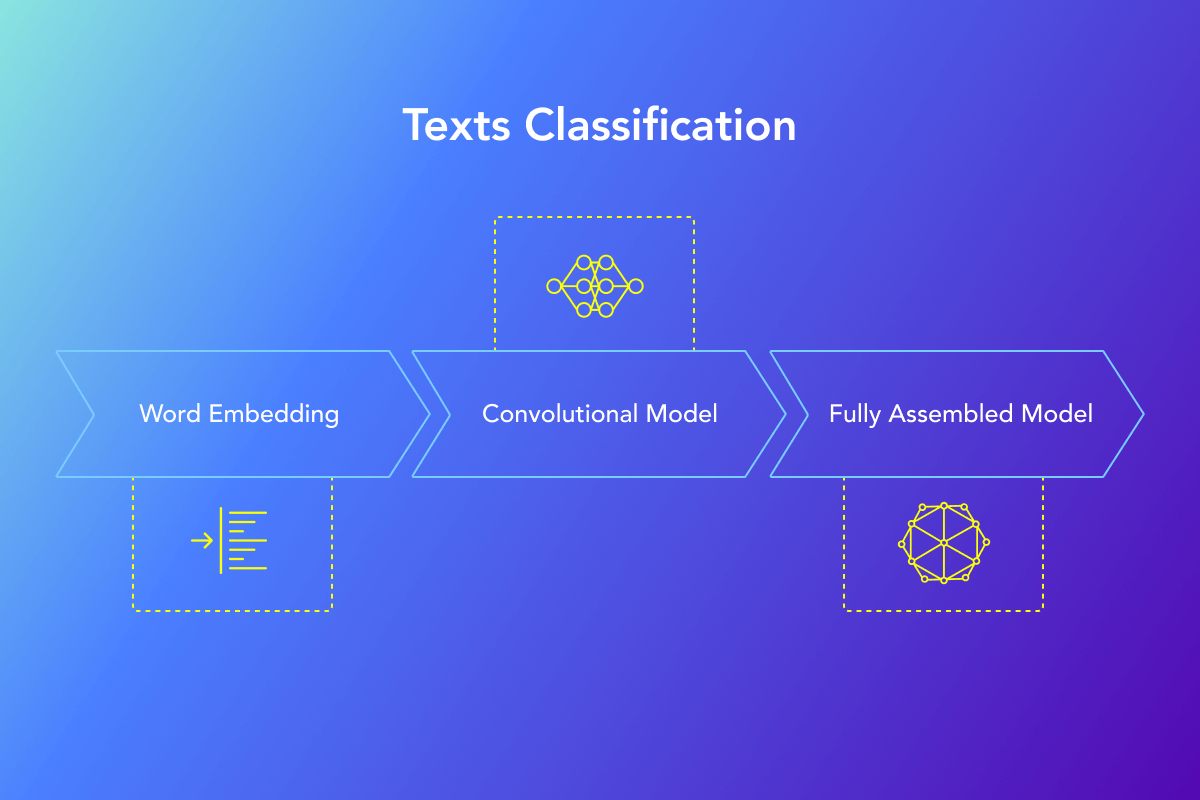
In this way, DL classifies texts on the Internet and makes the lives of advertisers and marketers more informed.
7. Insurance Fraud Prevention
Insurers apply DL in various use cases, for example, for fraud prevention. They use DL models here, for example, to recognize patterns of the client’s behavior. For example, Softengi’s solution for PZU large international insurance group targeted life insurance. Now PZU uses advanced prediction analytics and automatic procession of documentation in their business.
8. Insurance Claim Cost Estimation
During claim cost estimation carriers want to reduce costs. Further on, they want to provide the best available coverage. For instance, they are looking for specialized hospitals on a cost-effective basis. DL and ML can find the most weighted outcomes here. McKinsey hopes for a $220B capacity for deep learning software in the insurance business.
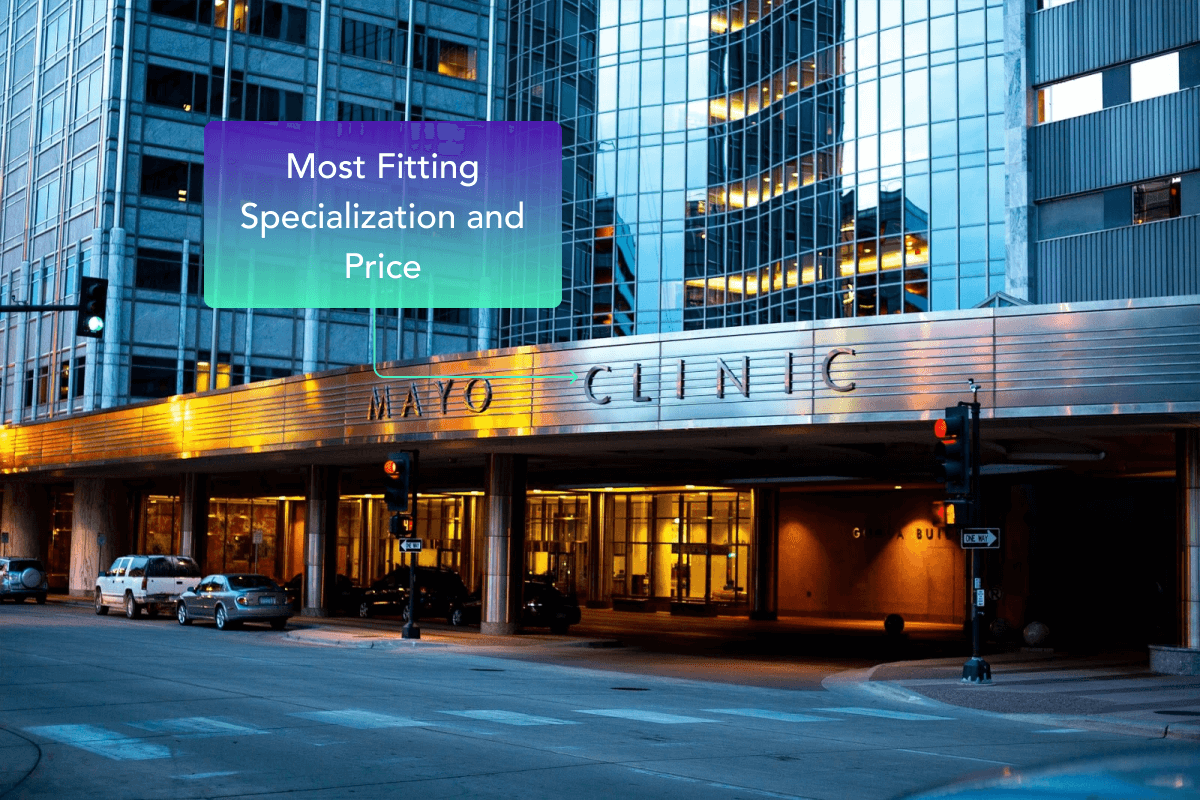
9. Medical Image Analysis and Prediction of Population Health Risks
DL can recognize patterns in medical images and give way to the automation of lasting counting of cells in human samples. Thus, for Belgian company MicroTechnix, Softengi developed software that automates the detection of bacteria on an image and reduces the time of medical investigation and the number of errors.
Furthermore, DL and predictive algorithms can forecast the spread of health risks on local and international scales. They analyze samples and collect all data related to pandemic development and efforts of medical treatment. Then, they make a grounded prediction about the further risks to public health. These solutions show the big picture to MPs and governments for them to make certain decisions. Pharma and medical industries expect to get $100B to employ deep learning software.
10. Influencer Software for Marketing
This type of promotion is one of the most effective in marketing, and large-scale companies usually lean toward it. Customers tend to adhere to celebrities, experts, or practitioners, such as influencers, in their views and choices. Customers consider their opinion or intuitively follow their lead. Having the right blogger or celebrity to promote your products, services, or companies can considerably scale the revenues.
Companies use specialized deep-learning software to find the key to their success. It searches for user accounts with a coherent theme and certain types of followers. To do so, they go through social media analytics. When deep learning software finds the resonating blogger account, it can also forecast prospective customer engagement. In this way, the companies can find the people to promote their offers.
11. Social Listening and Reputation Management
Reputation is a special field that markers treasure more than they treasure customers. One needs much effort to grow the reputation; losing it takes minutes. That is why companies are always on guard for their reputation. You can use SERM or more new DL social listening solutions to know what they say about your company.
These solutions can:
- Find your company mentions in social media and globally;
- Identify reputational hazards;
- Locate new consumer demand;
- Track prospective venues for promotion.
In this way, DL contributes to the company’s reputation management and advances SERM.
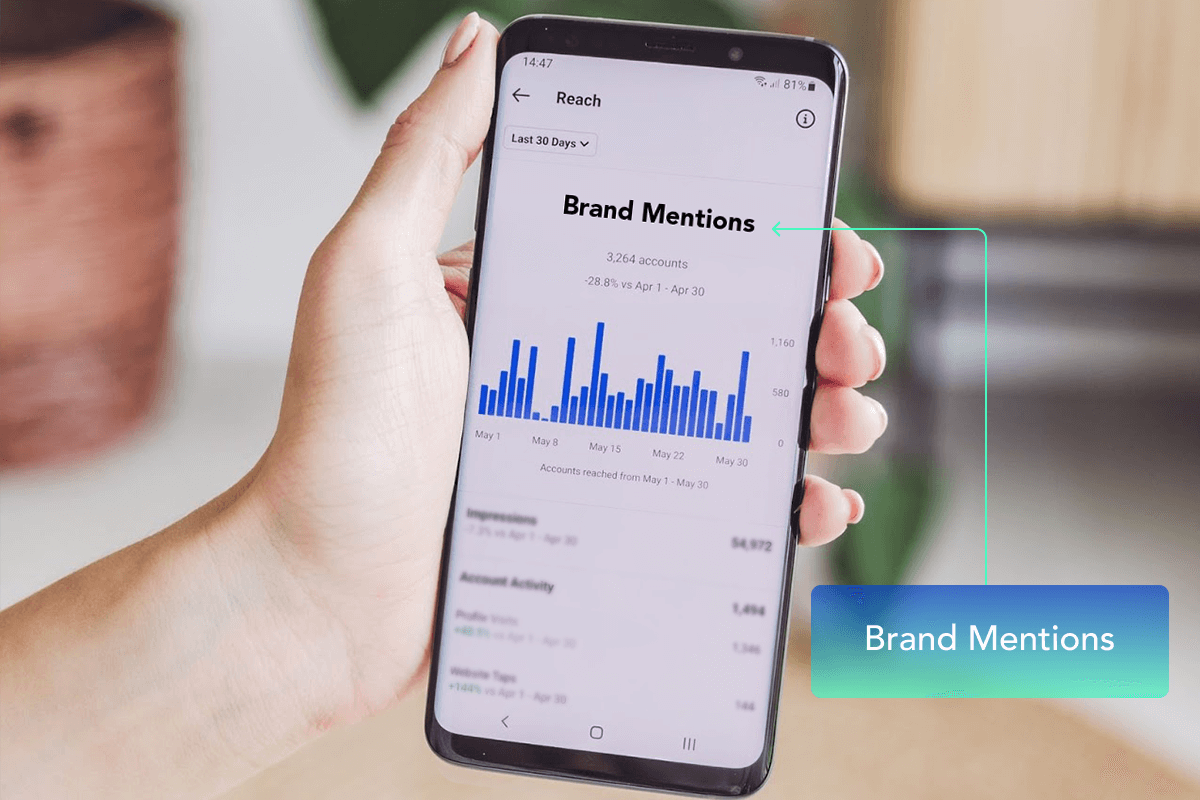
12. Predictive Advertising
Creativity and brainstorming would not have hauled advertising if it were not for data. Data is the big tortoise that carries the world of marketing activities. Data-driven predictive advertising collects and analyzes data about customers, prospects, markets, and competitors to generate higher revenue. First, this is behavioral data, purchasing journey, transactions, search cash, and history.
Data-driven predictive advertising uses this data to predict what audiences will most likely react to the ad. Then, advertisers target the correct audiences and optimize ad copies and expenditure rates. The contribution of DL to successful campaigns is inhuman. DL crawls over enormous volumes of product images, texts, sites, and technical pages of each user to target the campaign most effectively.
13. Real-Time Bidding (RTB) Advertising
In Real-Time Bidding, DL mostly analyzes visitors to the site where the companies plan to show their ads. The companies try to see if they want to bid on the ad’s place to show it to a certain visitor. The process of RTB is pretty simple. The transaction begins when a visitor loads a website page. This page contains the ad block or spaces. And every advertiser should analyze the visitor and decide if they want to show their ad to them and for what price of the bid to show it. This phase is called real-time auction, and it is automated to take just seconds while the page loads. The highest bid for space wins.
DL has many opportunities to analyze the visitor’s history, cookies, and cash and evaluate the probability of a click and conversion. This will, of course, impact the bid’s cost. And companies can set the automatic bid multipliers for each domain, for example, and buy ads cheaper or more expensive depending on the domain. This is the way DL optimizes online advertising.
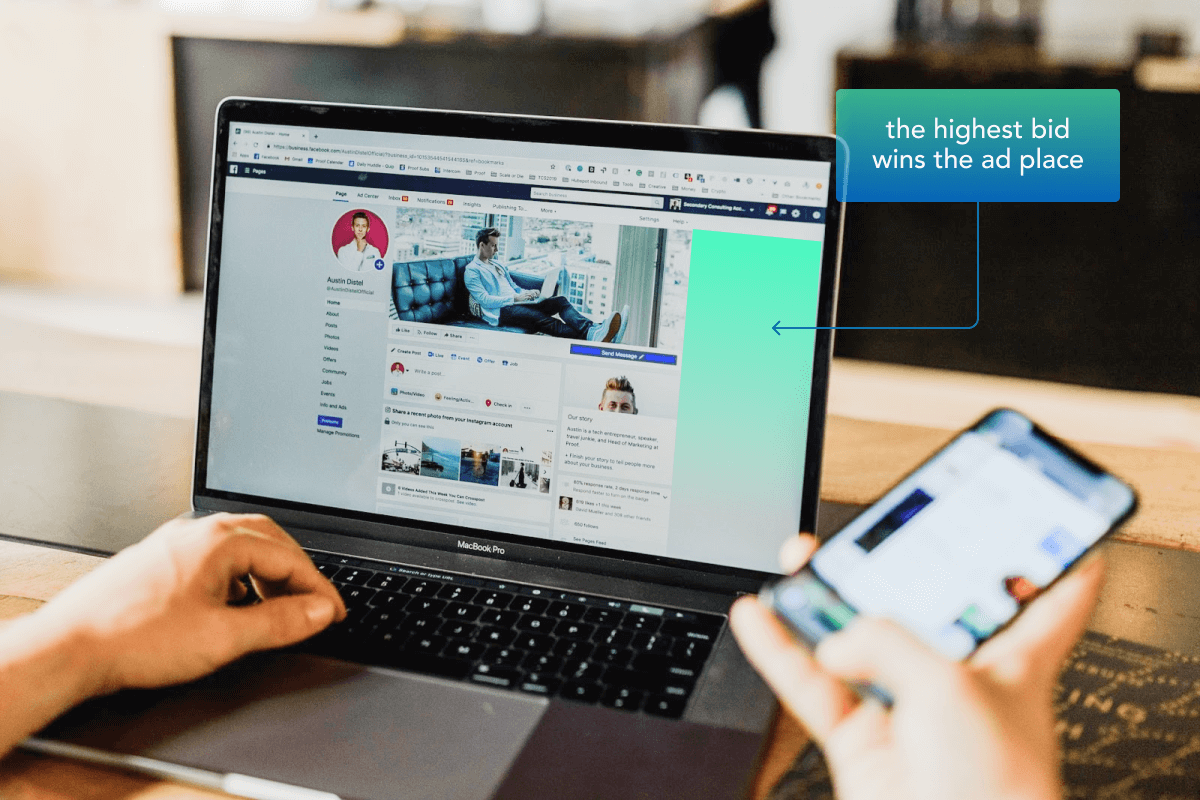
14. Recommender-Engines
The rich selection of methods on how DL recommends products and services to Internet users are generally referred to as Recommender engines. They all follow the same principle of crawling on Internet pages, searching for user data, product images, texts of services, and technical pages of user interaction with them. Then, these solutions predict what users want to buy or view next. Sellers use this prediction to recommend or show the goods these users are already interested in on their sites. In this way, DL connects users with certain types of products.
Social media platforms have become a wide and hospitable environment for sellers and owners. They can make a full marketing cycle there from lead generation to sales. Owners of social media that mostly operate with images and videos, like Amazon, Netflix, and Instagram/Facebook, use DL’s skills to learn images, videos, and voice.
Owners endeavor to find correlations between customers’ activity in their resources, what they watch, like, tag, and buy, and their online transactions/purchases/views. They want to know what their users are interested in. Then, they generate personal recommendations for customers to watch movies or buy certain products on social media. With millions of users on social media, owners reap harvests using DL.
15. Targeted Display Advertising Retargeting and Mobile Geo-Fencing
When marketers show ads to specific audiences who browse websites, they do targeted display advertising. They target the correct audience. When you see the same ad repeatedly wherever you go on the Internet, this means that DL has chased you. While searching for the correct audience, these solutions aim to learn user data like location, and demographics, factors that influence users’ shopping behavior, and search behavior. DL learns what sites these audiences usually use and chooses these sites to show the ads there.
Targeted display ads are not static and are not displayed just on a static list of sites. They follow the target audiences and show up on the sites these users choose. Targeted display advertising uses several strategies, for example, geo-fencing for mobile users, site retargeting, keywords contextual search retargeting, category contextual search retargeting, and CRM retargeting. Following the right users so intensely would be impossible without DL; this is how DL can advertise your products.
Softengi is an AI IoT solutions developer company and an outsourcing partner that has expertise in deep learning.




